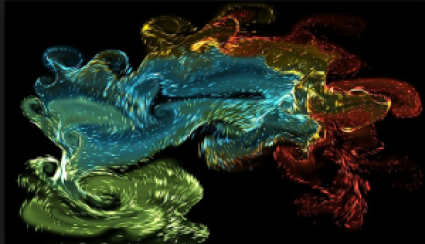
Once in a while you should stop and look back. I have been very focused on justifying Business Ecosystems by providing frameworks, mechanisms or attempting to demystify them with suggested analytical or practical proposals.
I have been grouping my articles covered over two sites of paul4innovating.com and ecosytems4innovating.com. Why two sites? Well I am trying to “hold myself”to focusing on thought leadership and conceptual development on the paul4innovation.com site and providing more the implementation guideline and suggested methodologies on the ecosystems4innovating.com.
Is it working? I’m not sure as the two sites tend to fuse into each other and the distinctive points of differentiating the two is not the way it should be, lets put it down to a “work in progress”
So what has occupied my thinking and research in this last eight months or so?
The Deep Dive and Audited Results- yes audited!
Continue reading “Building the Comprehensive World of Interconnected Business Ecosystems” Anyone who has felt the ‘full force of the wind’ will know the feeling of how hard it is to keep on your feet, to stay determined to stay upright and true, to hold the course, whatever happens.
Anyone who has felt the ‘full force of the wind’ will know the feeling of how hard it is to keep on your feet, to stay determined to stay upright and true, to hold the course, whatever happens.







